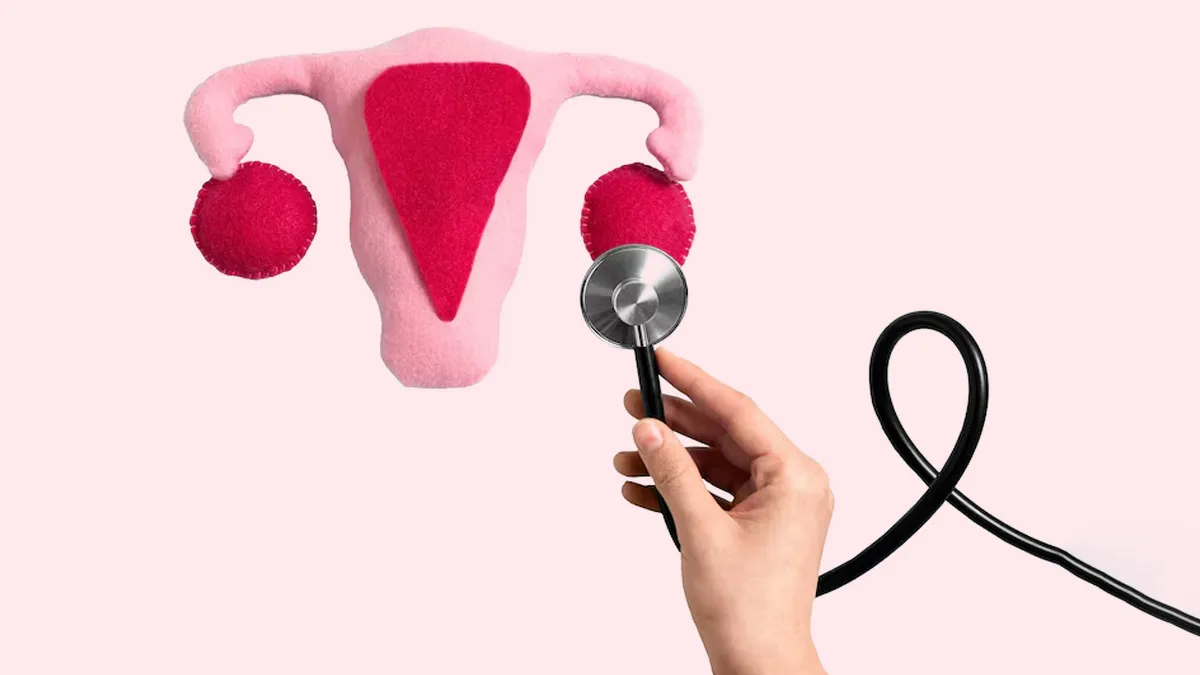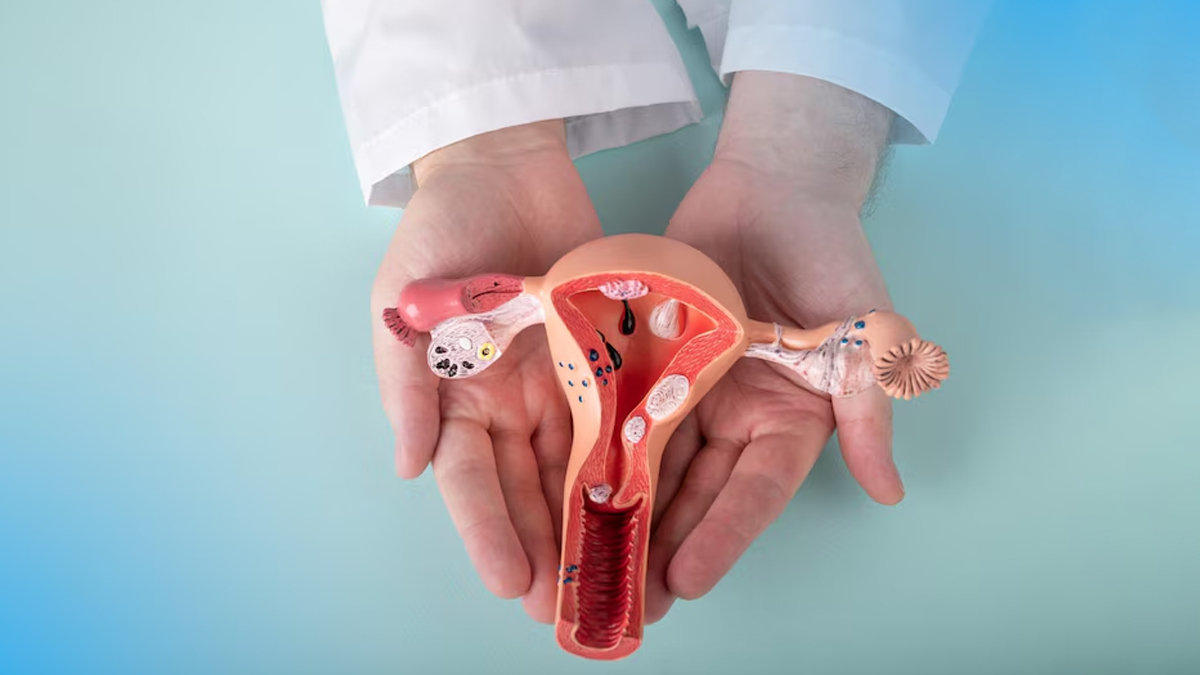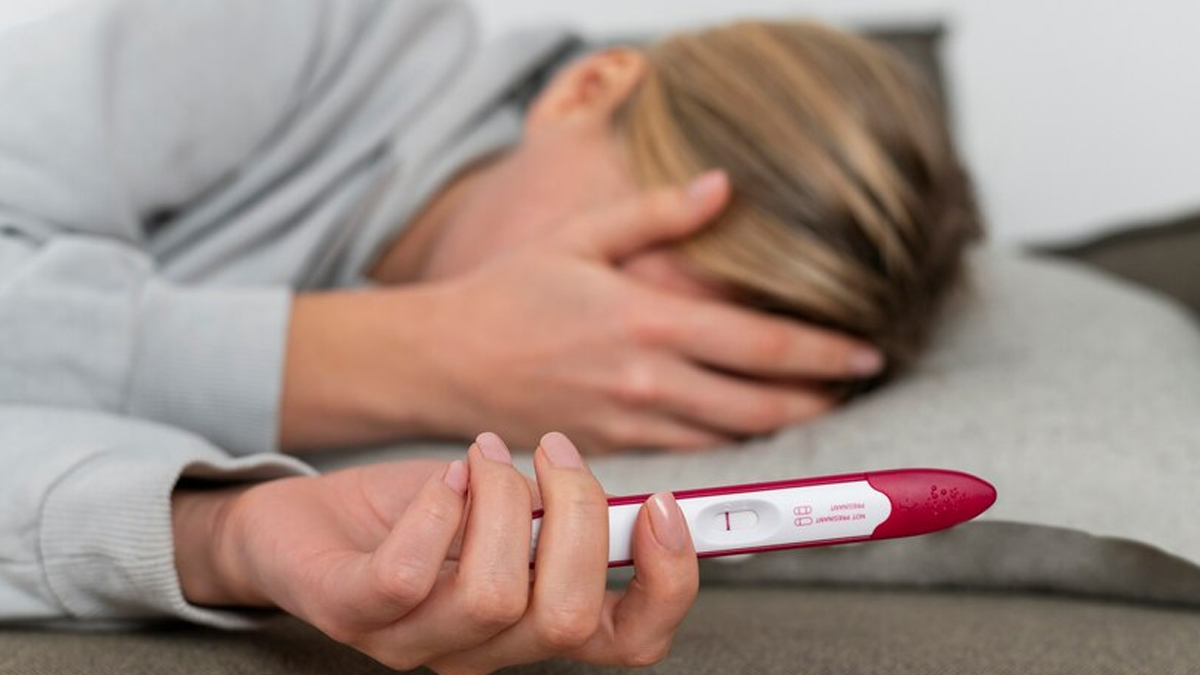
Low ovarian reserve (LOR) is a condition that can profoundly impact a woman’s ability to conceive, often posing a significant challenge for those trying to start a family. Defined by a reduced number or quality of eggs in the ovaries, LOR is increasingly recognised as a critical factor in fertility assessments. While it is a natural part of ageing, other factors such as genetics, medical conditions, and lifestyle choices can accelerate the decline. Understanding what low ovarian reserve entails, its symptoms, and potential treatments is essential for women aiming to make informed decisions about their reproductive health.
Table of Content:-
To understand more about LOR and how it impacts fertility, OnlyMyHealth team interacted with Dr Seema Jain, Director – Department of IVF and Fertility, Cloudnine Group of Hospitals, Pune. According to Dr Jain, “Low ovarian reserve is a critical factor in assessing fertility. Understanding its causes, symptoms, and impact can help women make informed decisions about their reproductive health.”
Understanding Ovarian Reserve

Ovarian reserve refers to the pool of eggs available in a woman’s ovaries at any given time. According to a report by University of Michigan Health, Women are born with a fixed number of eggs, typically around 1 to 2 million at birth. This number declines with age, falling to about 300,000 by puberty and continuing to diminish until menopause. Along with quantity, the quality of eggs also declines with time, increasing the likelihood of chromosomal abnormalities.
A low ovarian reserve signifies a reduced egg pool or compromised egg quality, or both, compared to what is expected for a woman’s age. This can hinder natural conception and complicate fertility treatments.
Causes of Low Ovarian Reserve
Low ovarian reserve can arise due to several factors, including:
Age: The most common cause. Fertility typically starts to decline in the late 20s or early 30s and decreases sharply after 35.
Genetic Factors: Conditions such as Turner syndrome or Fragile X premutation may contribute to LOR.
Medical Conditions: Autoimmune disorders, endometriosis, and pelvic infections can damage the ovaries.
Medical Treatments: Chemotherapy, radiation, or ovarian surgeries can significantly reduce egg count.
Lifestyle Factors: Smoking, excessive alcohol consumption, obesity, and chronic stress can accelerate ovarian decline.
Unknown Causes: Sometimes, the cause of LOR remains idiopathic, meaning it cannot be determined.
Symptoms of Low Ovarian Reserve

LOR often does not present clear symptoms, but women may experience:
- Difficulty conceiving despite regular attempts.
- Irregular or shortened menstrual cycles.
- Changes in menstrual flow, such as lighter or heavier periods.
- Early signs of menopause, including hot flushes or night sweats.
“Most cases are identified during fertility evaluations rather than through noticeable symptoms,” notes Dr Jain.
Diagnosing Low Ovarian Reserve
A variety of tests help diagnose LOR:
Anti-Müllerian Hormone (AMH): Low levels of AMH indicate a reduced egg supply.
Follicle-Stimulating Hormone (FSH): Elevated FSH levels on the third day of the menstrual cycle suggest the ovaries are working harder to recruit eggs.
Antral Follicle Count (AFC): A transvaginal ultrasound can assess the number of antral follicles, providing an estimate of the remaining egg pool.
Estradiol Levels: High estradiol levels on the third day of the cycle can indicate reduced ovarian function.
These diagnostic tools provide a comprehensive view of ovarian health, guiding treatment decisions.
Impact on Fertility
Women with low ovarian reserve often face challenges in achieving natural conception. Their response to fertility treatments, such as ovarian stimulation for in vitro fertilisation (IVF), may also be suboptimal. Dr Jain explains, “The quality of eggs in women with low ovarian reserve is often compromised, increasing the risk of miscarriage or chromosomal abnormalities in embryos.”
Treatment Options

Though challenging, pregnancy is still possible for women with LOR through appropriate interventions, including:
Lifestyle Modifications: A healthy diet, regular exercise, and stress management can support overall reproductive health.
Fertility Medications: Hormonal treatments like gonadotropins can stimulate the ovaries to produce multiple eggs.
In Vitro Fertilisation (IVF): IVF remains a common option, with donor eggs recommended in cases of severe depletion.
Egg Freezing: For younger women diagnosed with LOR, freezing eggs can preserve fertility for future use.
Emotional Impact
A diagnosis of low ovarian reserve can be emotionally taxing. Feelings of anxiety, frustration, or grief are common. Dr Jain emphasises the importance of psychological support: “Counsellors, support groups, or even trusted loved ones can provide invaluable assistance in coping with this condition.”
Conclusion
Low ovarian reserve is a complex but manageable condition. Early diagnosis and treatment can improve the chances of conception. Women over 30 or with a family history of reproductive issues are encouraged to undergo regular fertility check-ups. Dr Jain concludes, “By understanding the condition and seeking timely medical advice, women can make informed choices about their reproductive health and work towards fulfilling their family-planning aspirations.” Taking proactive steps today can pave the way for a hopeful tomorrow.
Also watch this video
How we keep this article up to date:
We work with experts and keep a close eye on the latest in health and wellness. Whenever there is a new research or helpful information, we update our articles with accurate and useful advice.
Current Version